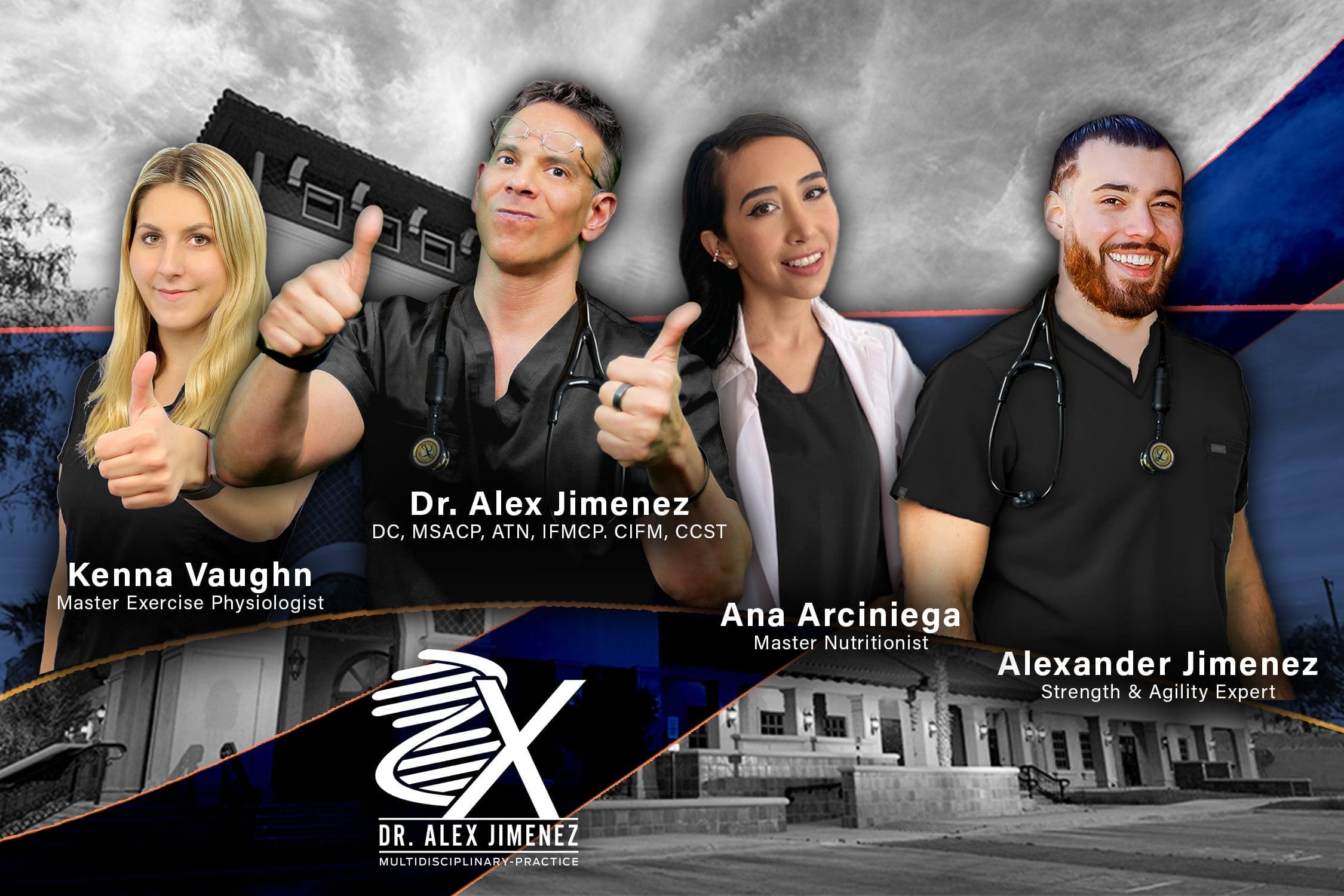Recover your password.
A password will be e-mailed to you.
Trending
- Easy Ways to Reduce Holiday Stress with Exercise
- Avoiding Common Christmas Accidents This Holiday Season
- Magnesium Pain Relief: Top Supplements Explained
- Personal Injury Recovery: Fitness vs. Wellness Insights
- A Clinical Approach Analysis to Manage Opioid Use Disorder
- Pain Management Strategies for Opioid Therapy in a Clinical Approach
- Clinical Approach Strategies for Substance Use Disorder
- Activities to Improve Posture and Relieve Pain for All
- Functional Wellness Strategies Revealed for Autoimmune Conditions
- Enhanced Surgical Recovery ESR: Improving Outcomes
Mobility & Flexibility
Mobility & flexibility the human body retains a natural level to ensure all of its structures are functioning properly. The bones, muscles, ligaments, tendons, and other tissues work together to allow for a proper range of movement. Maintaining proper fitness and balanced nutrition can help keep the body functioning properly. Great mobility means executing functional movements with no restrictions in the range of motion (ROM).
A flexible person can have core strength, balance, or coordination but cannot perform the same functional movements as a person with great mobility. Remember that flexibility is a mobility component, but extreme flexibility really is not required to perform functional movements. According to Dr. Alex Jimenez’s compilation of articles on mobility and flexibility, individuals who don’t stretch their body often can experience shortened or stiffened muscles, decreasing their ability to move effectively.

